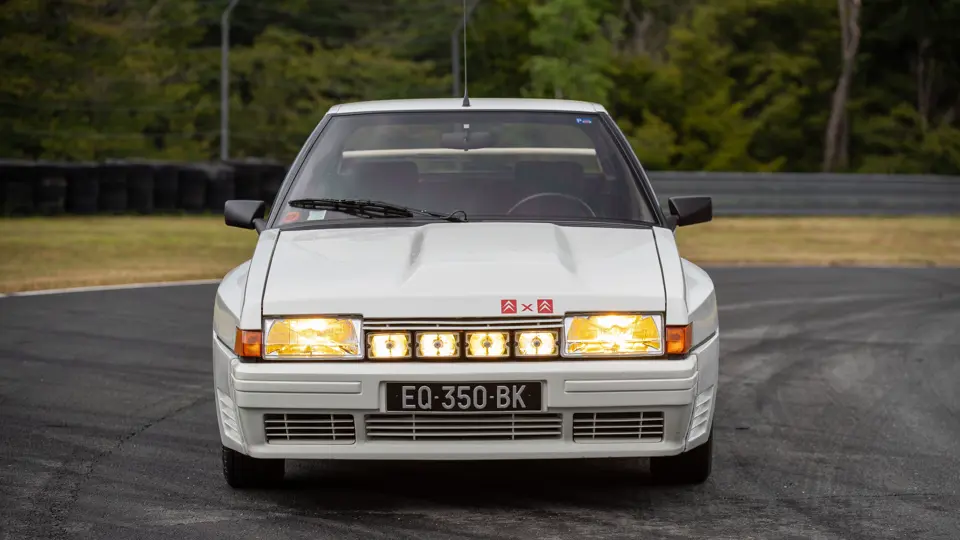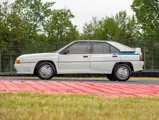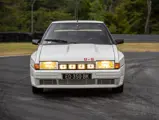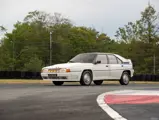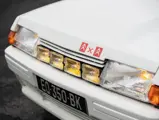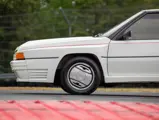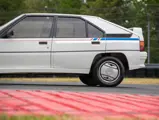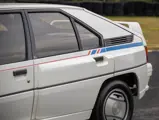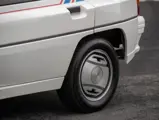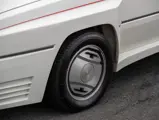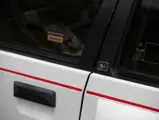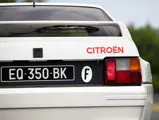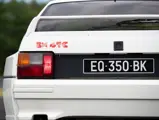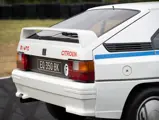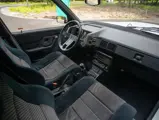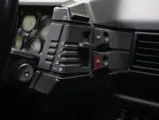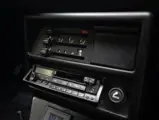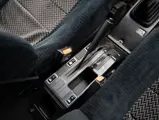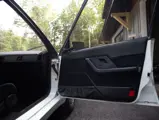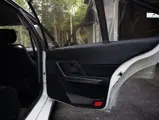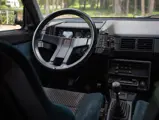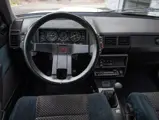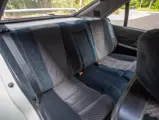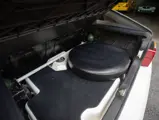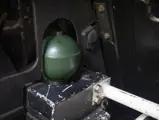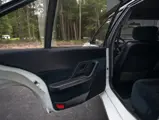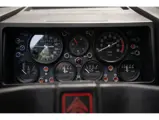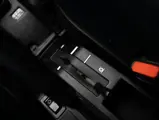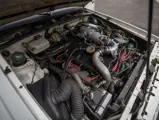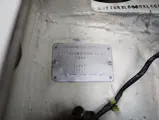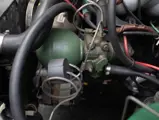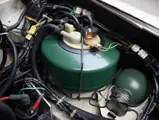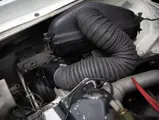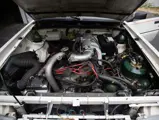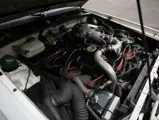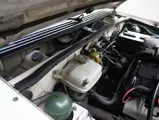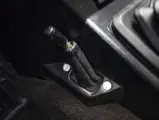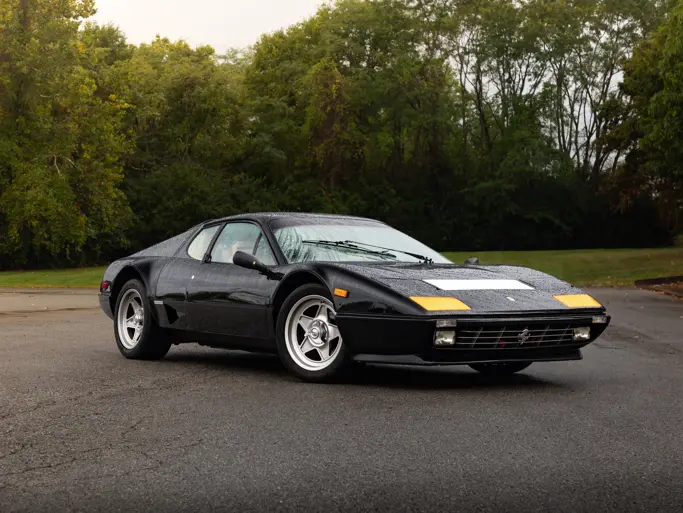
1987 Citroën BX 4TC
{{lr.item.text}}
$89,600 USD | Sold
Offered from The World Rally Classics Collection
{{bidding.lot.reserveStatusFormatted}}
- One of just 62 BX 4TCs understood to have been sold, and one of only 30 believed to still exist
- The penultimate first-series car constructed, and the latest such chassis to have survived
- Five recorded owners from new; recorded odometer reading of only 53,192 km (~33,052 mi.) at cataloguing
- Recently subjected to a major service, including replacement of the clutch and timing belt
- Accompanied by its original factory manual, jack, spare wheel and an extensive history file
Having enjoyed considerable success in small-capacity Group B rallying classes with its Visa model, Citroen had by 1983 begun to develop a car with which to contend for overall honors. Following a lengthy evaluation stage, Competitions boss Guy Verrier announced the company’s new BX 4TC. Unlike many of its rivals, the car opted to rely heavily on production, rather than bespoke, components.
The production BX’s steel monocoque chassis and hydropneumatic suspension systems were retained, while a turbocharged version of the 2.2-liter N9TE production engine was employed—albeit mounted longitudinally to enable the fitment of four-wheel drive. Output was quoted as 380 horsepower for the “Evolution” competition variant and 200 horsepower for the homologated “Serie 200” road car. However, the reliance on production components restricted the rally car to a hefty curb weight of 1,150 kilograms (~2,535 pounds)—well in excess of the 960-kilogram class minimum—and a lengthy approval process meant that homologation was not forthcoming until 1 January 1986. Consequently, the car saw only one season of World Rally Championship action; its best result was Jean-Claude Andruet’s 6th place in the Swedish Rally.
Production of the “Serie 200” BX 4TC was divided between two distinct series, with first-series cars identifiable by their “XL00” chassis number prefix and the second by sequences commencing “XL30.” It is believed that this wonderfully original example–chassis number XL0069–is the penultimate first-series car constructed, and the latest such car to known to survive.
Originally destined for the home market, it remained with its first owner until its sale in 2000 to a Parisian collector. Its sojourn in the French capital appears to have been brief, as it was sold in November 2000 to a third owner located near Toulon, in whose custody it remained for the next 18 years. In November 2018, XL0069 was purchased by a US-based collector who subjected the car to a major service. This included the replacement of both its clutch and timing belt; its recorded odometer reading at this stage was 52,532 kilometers. In 2022, it was acquired by the vendor, who has since covered only an additional 660 kilometers in the car; at cataloguing, it displayed a modest 53,192 kilometers (~33,052 miles).
Both a fascinating Group B “what might have been” and a valiant precursor to Citroen’s 21st century World Rallying domination, the BX4 TC also remains amongst the rarest and most idiosyncratic of all Group B designs. Indeed, with just 30 BX 4TC “Serie 200” thought to survive, the sale of this highly original and impeccably provenanced example represents a rare opportunity to join a highly exclusive club, and one which bears close scrutiny by any committed Group B aficionado.




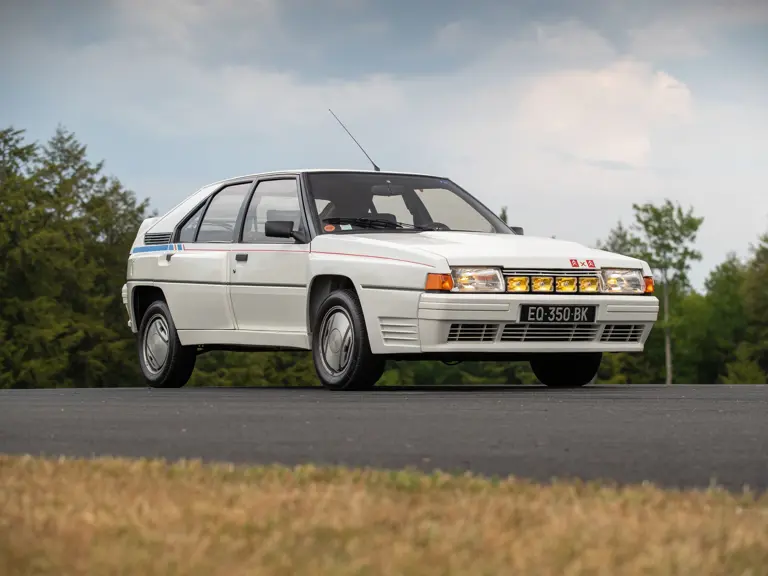
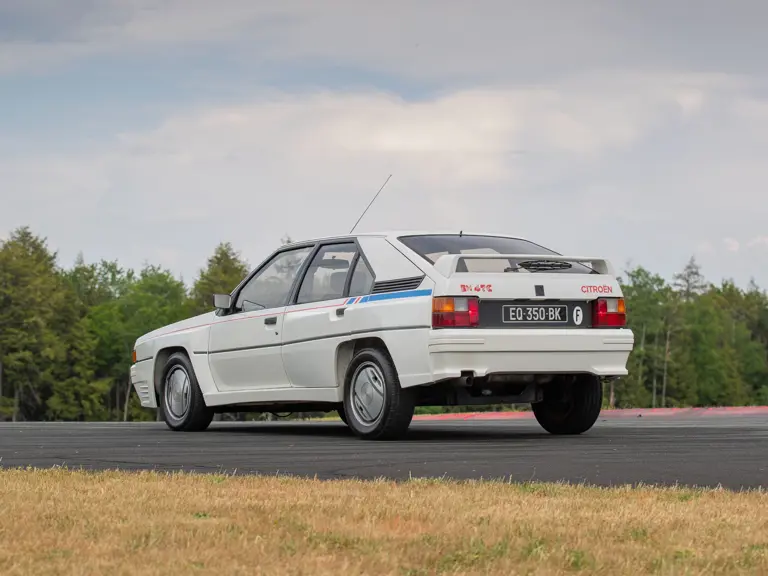
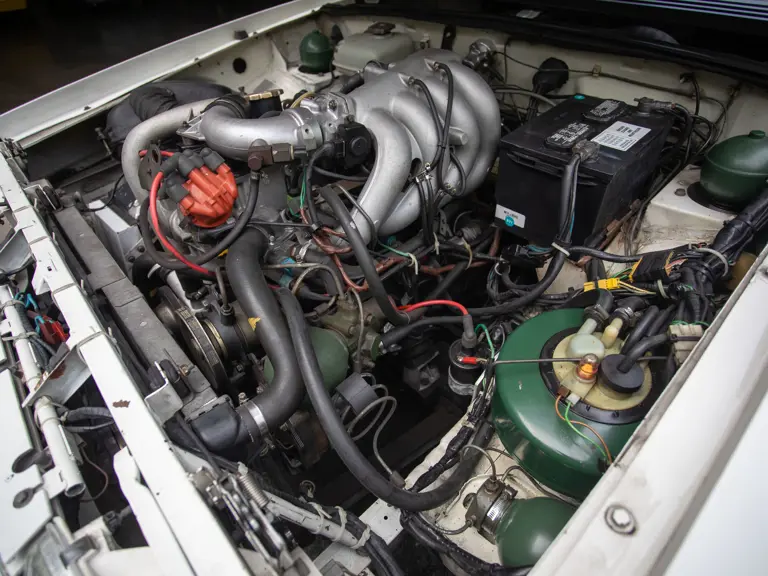
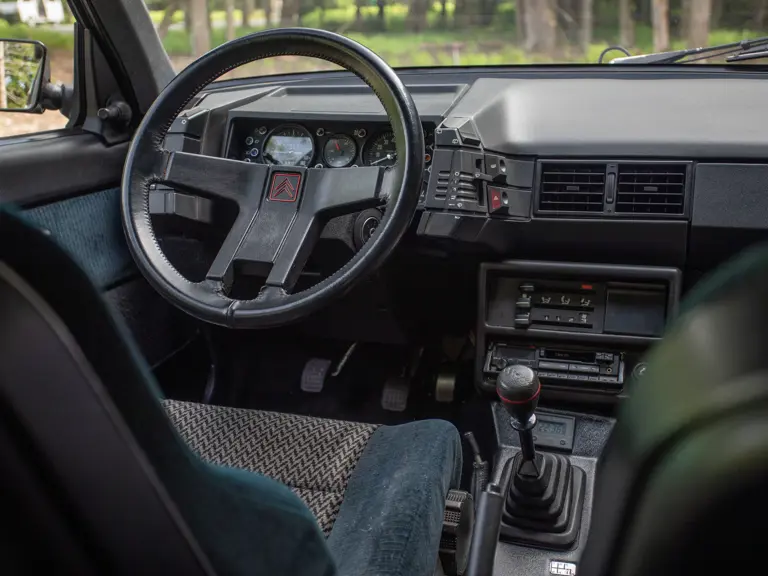
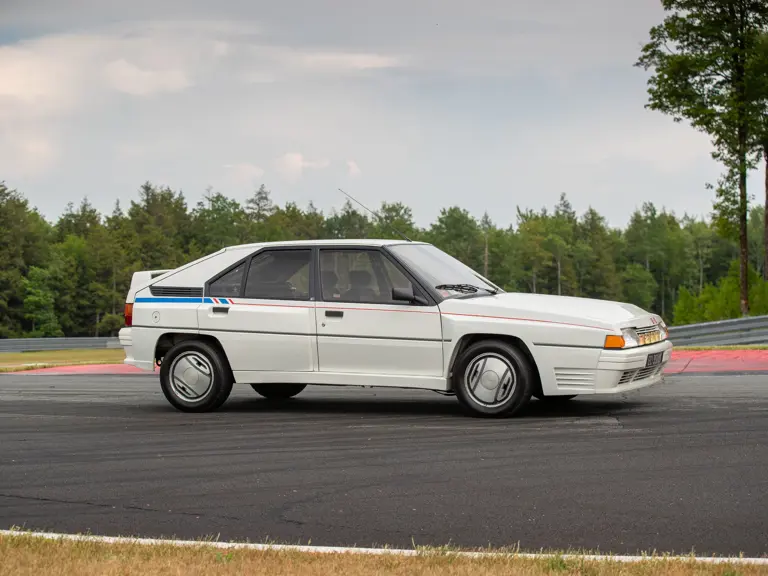
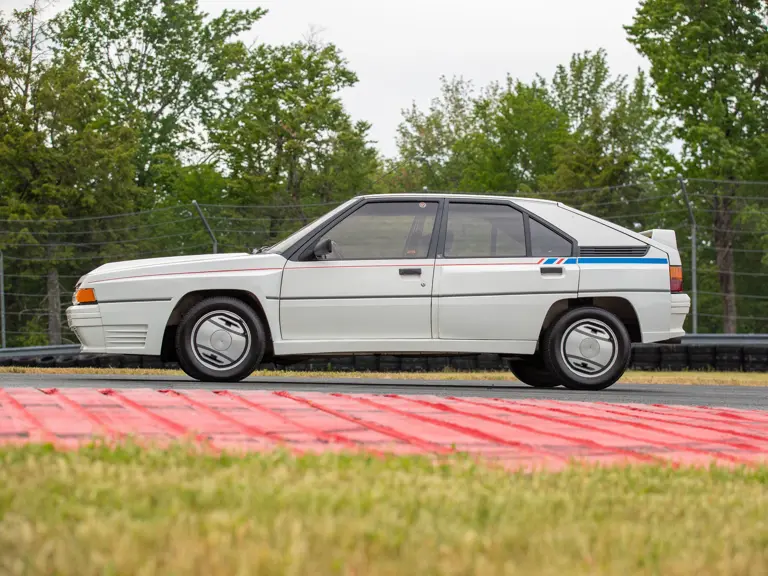


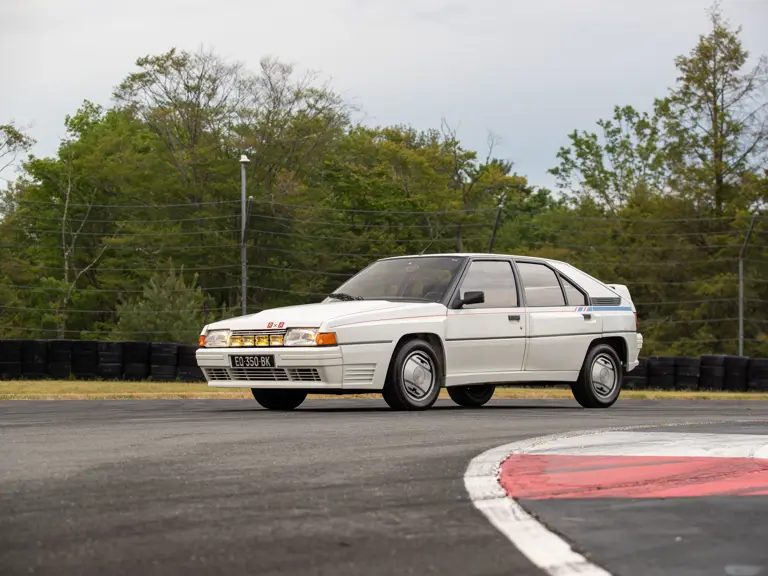
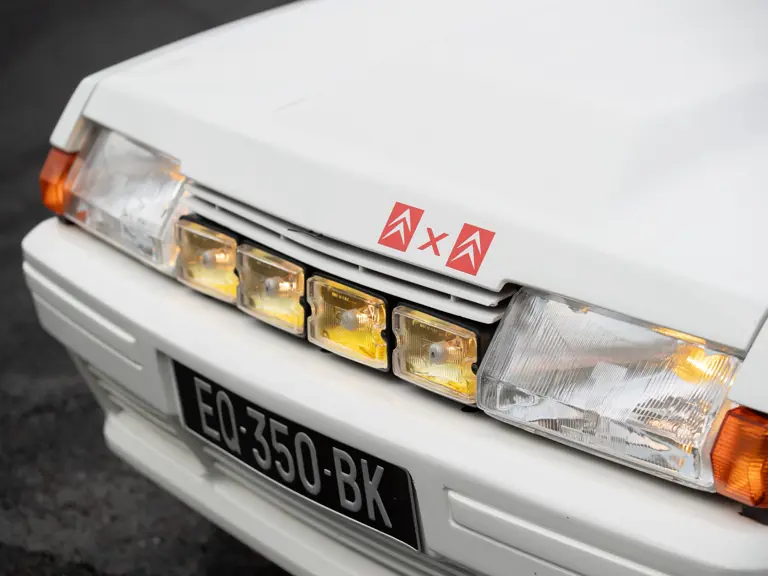
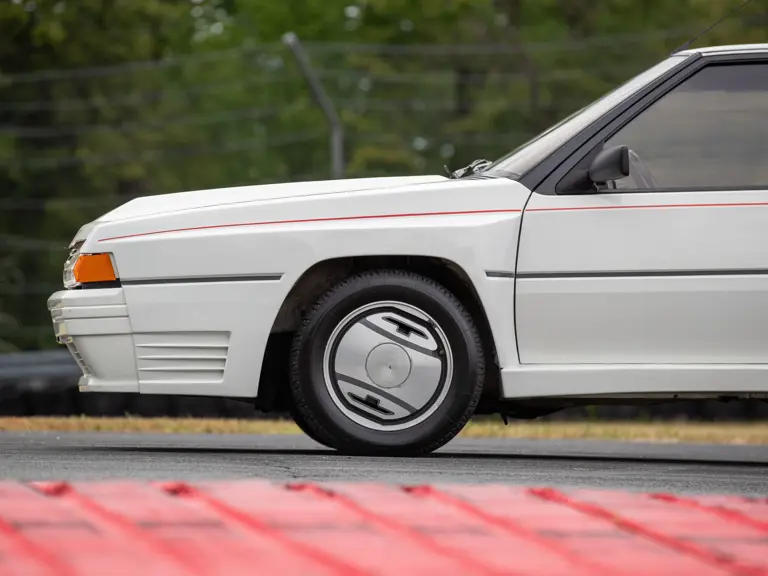
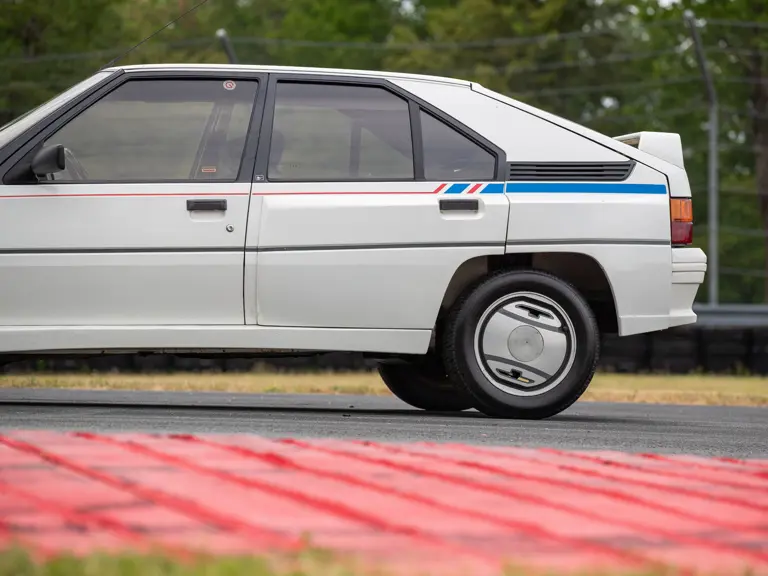
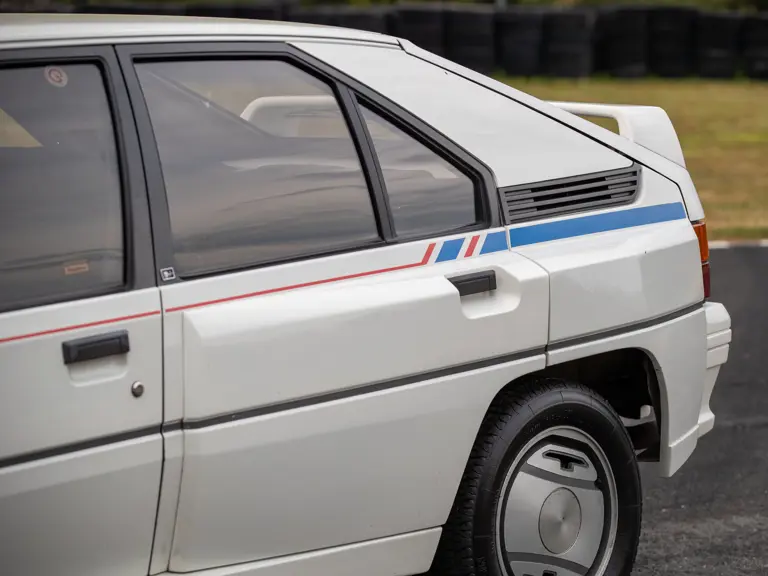

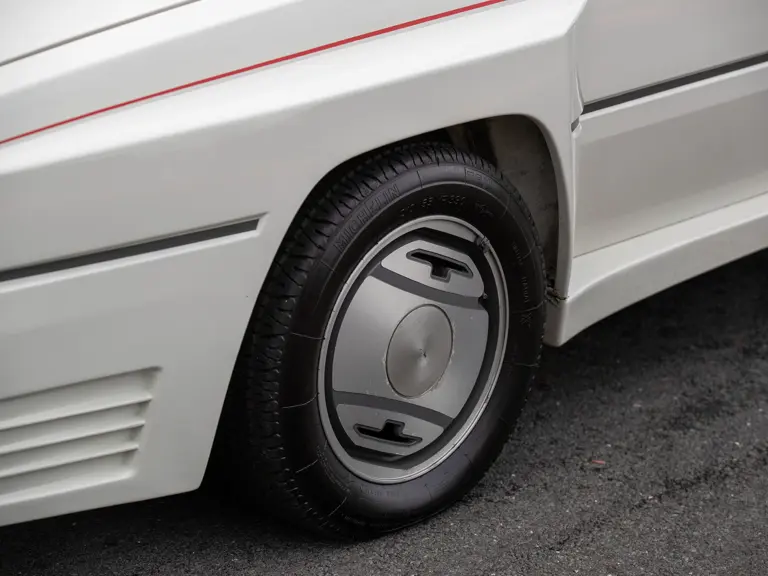
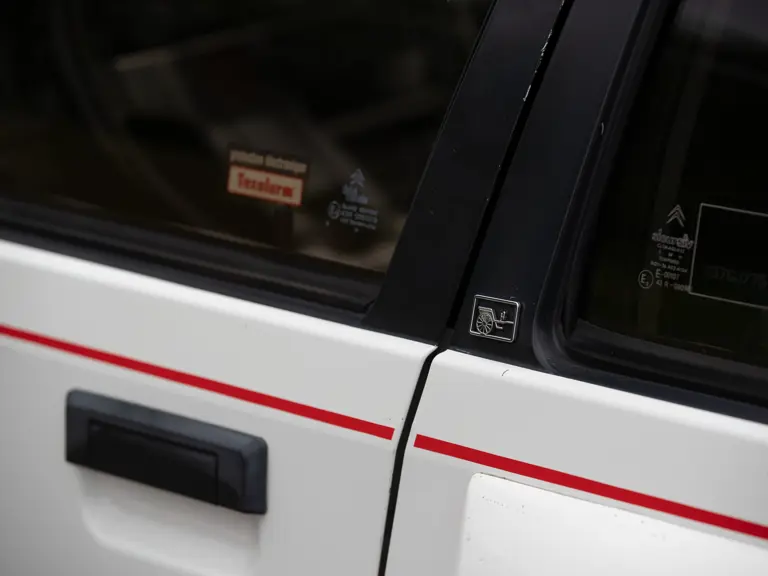
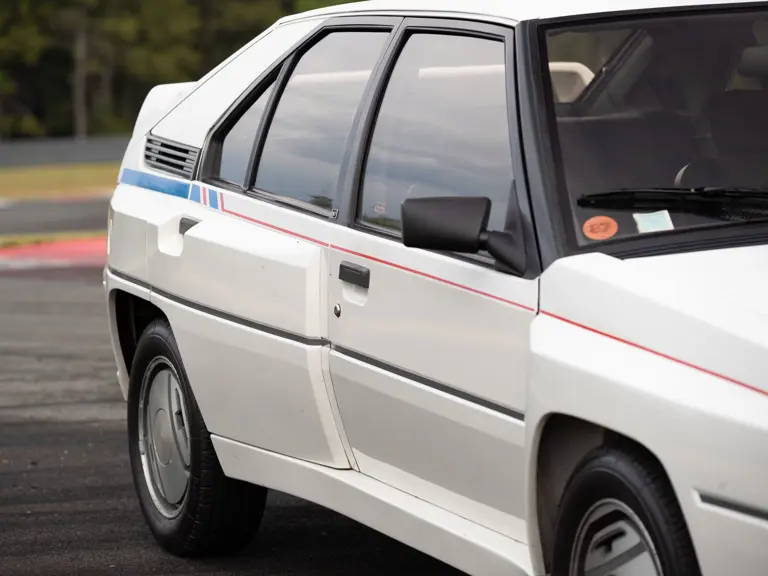

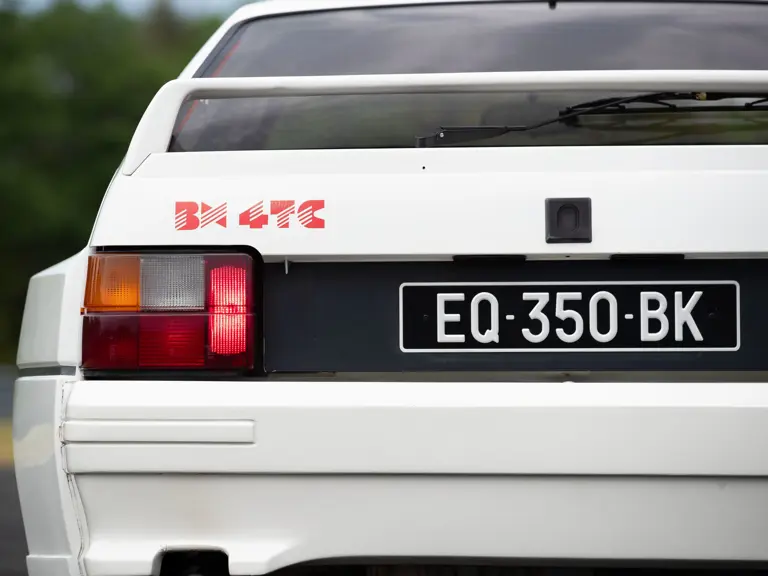
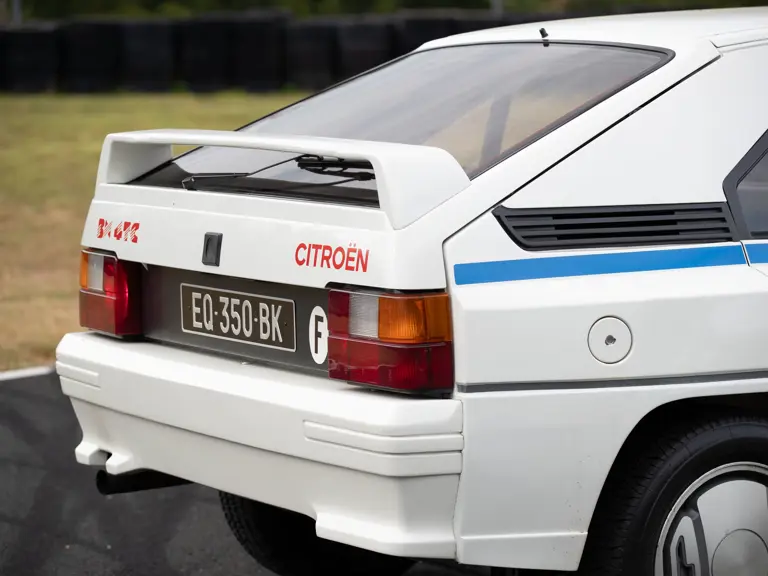
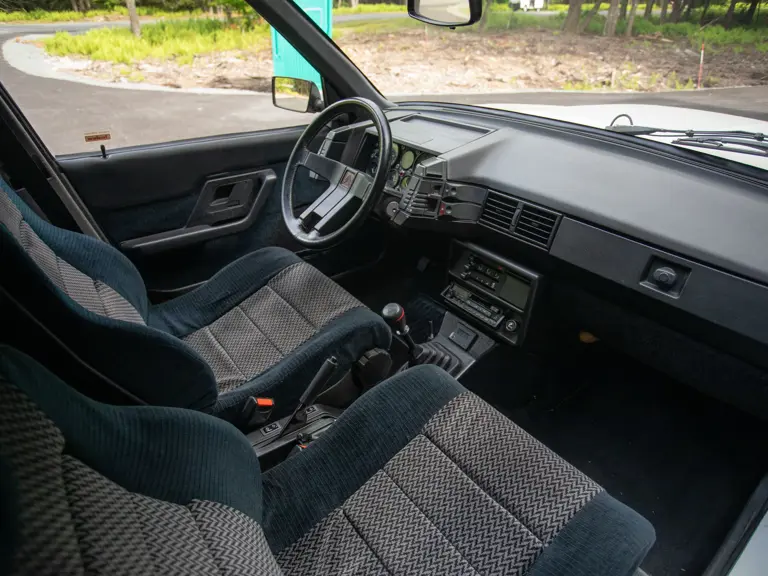
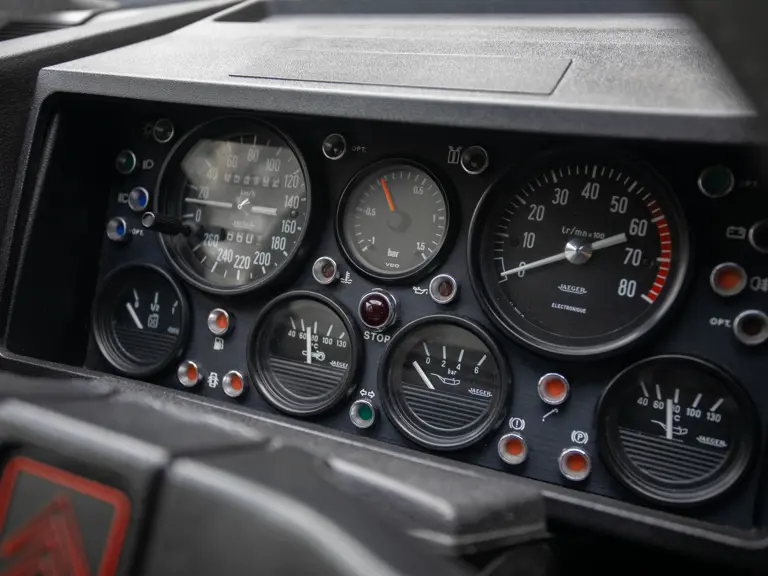
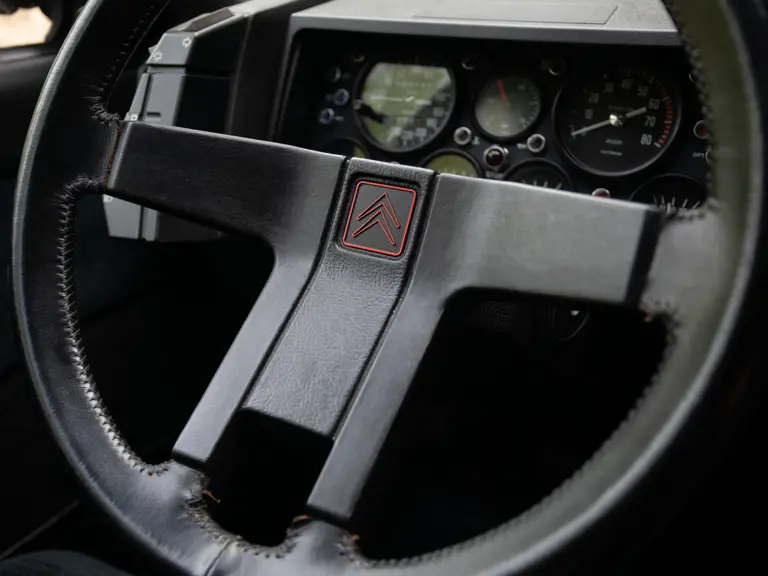
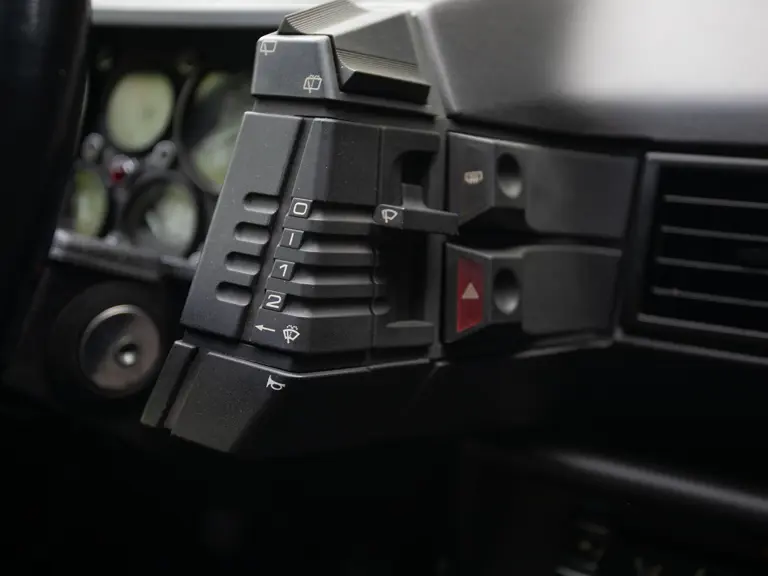
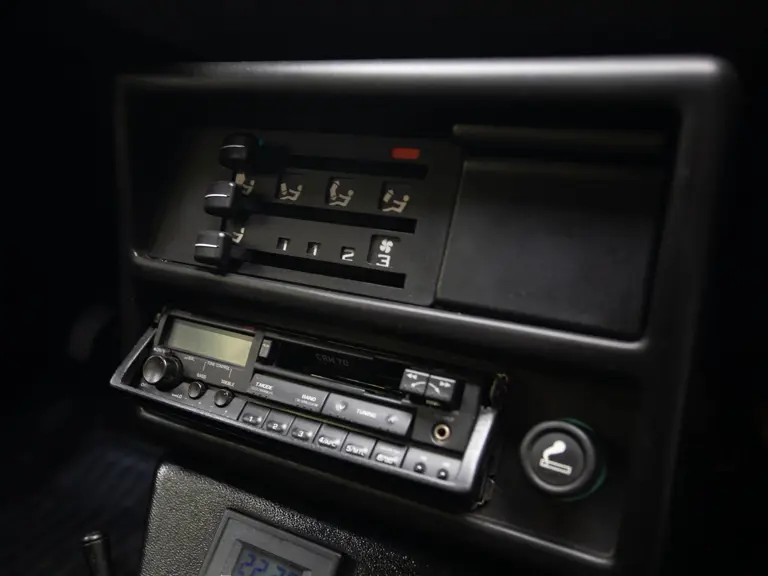
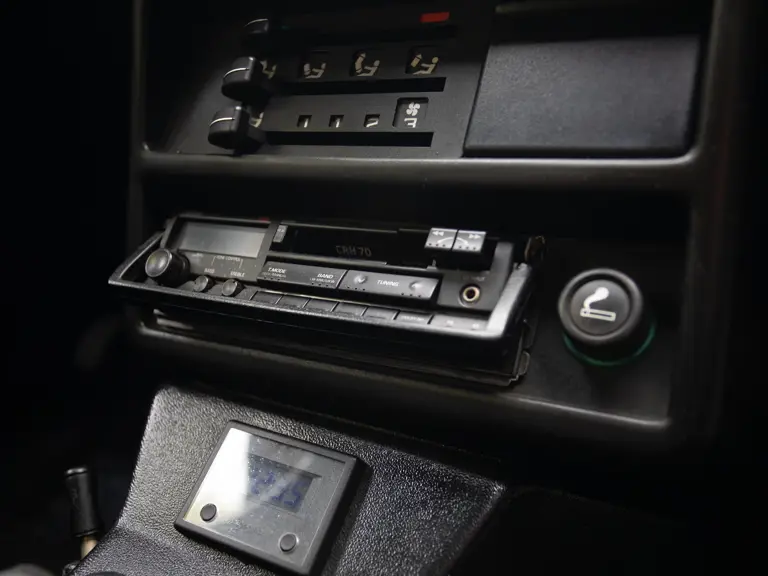
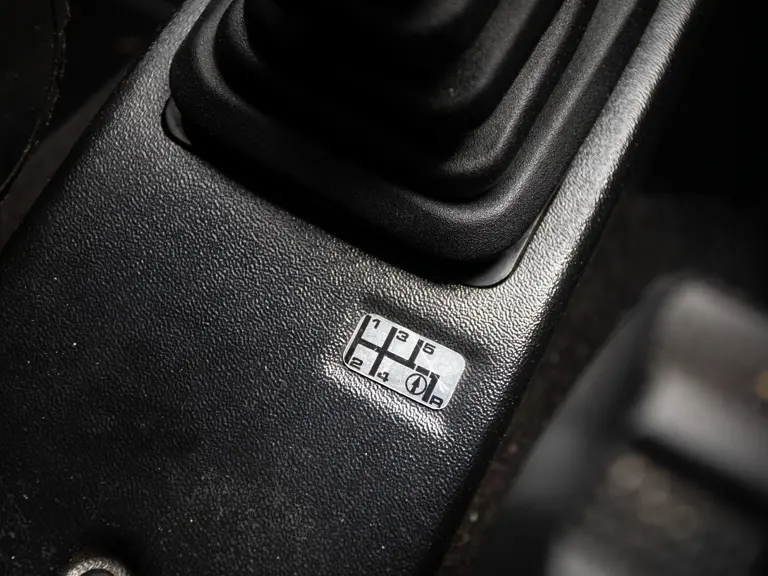
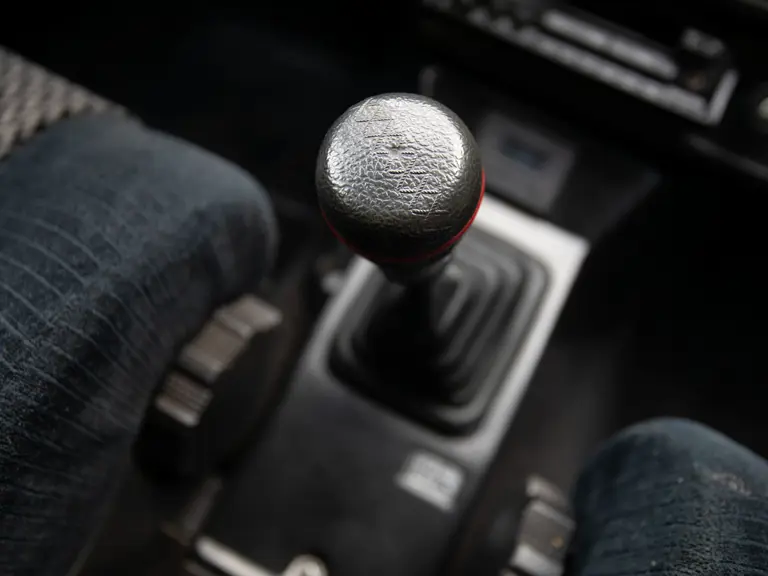
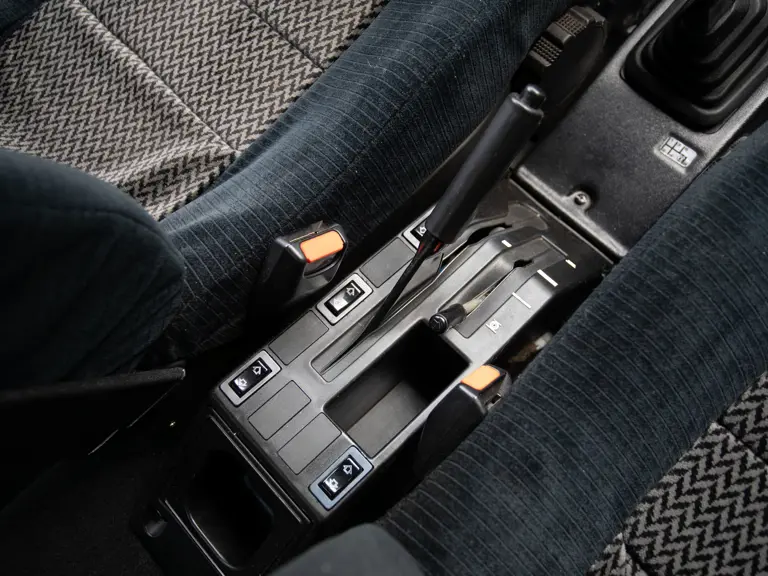

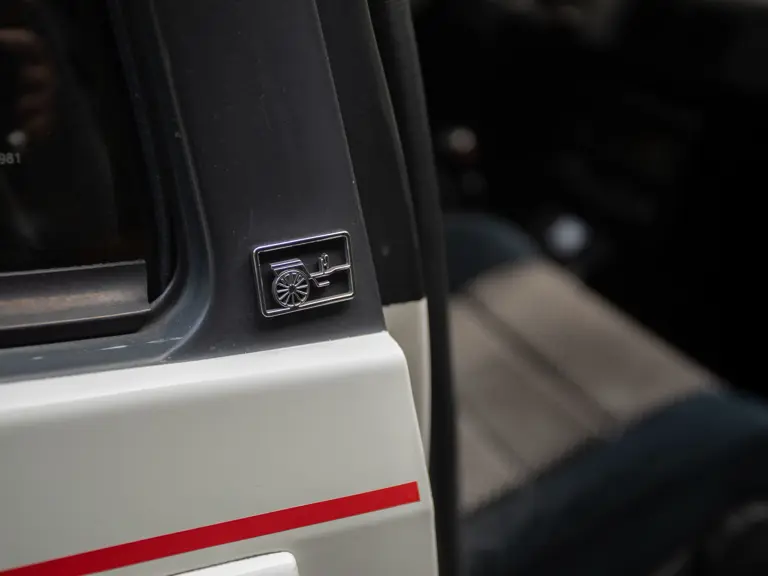
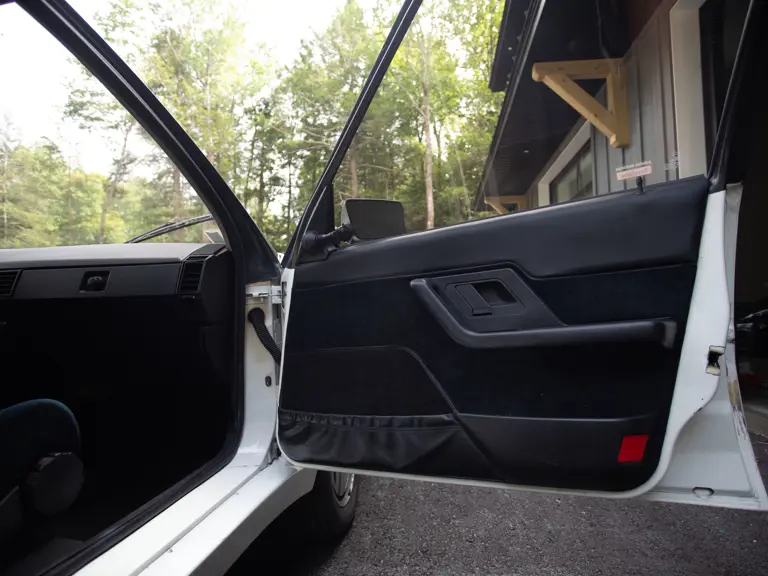
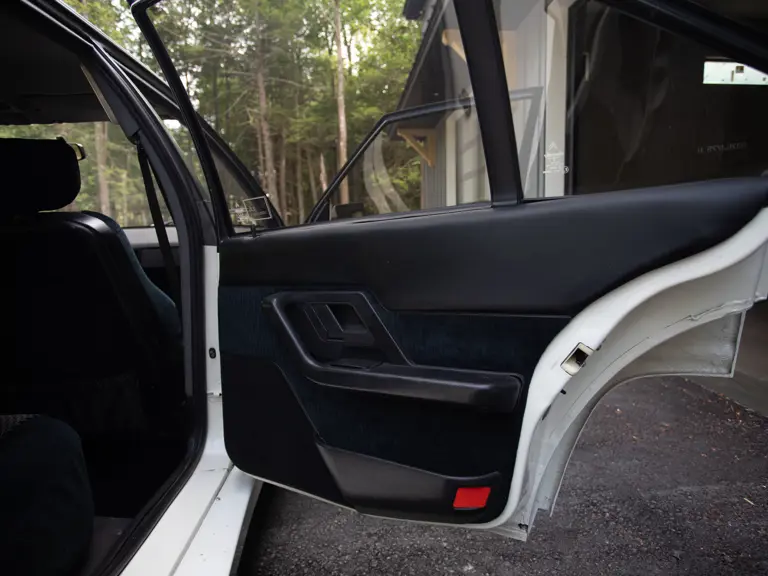
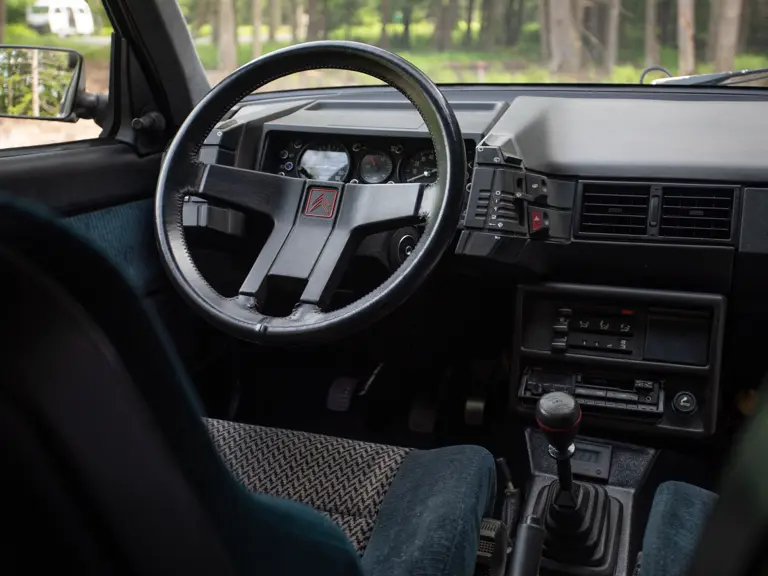
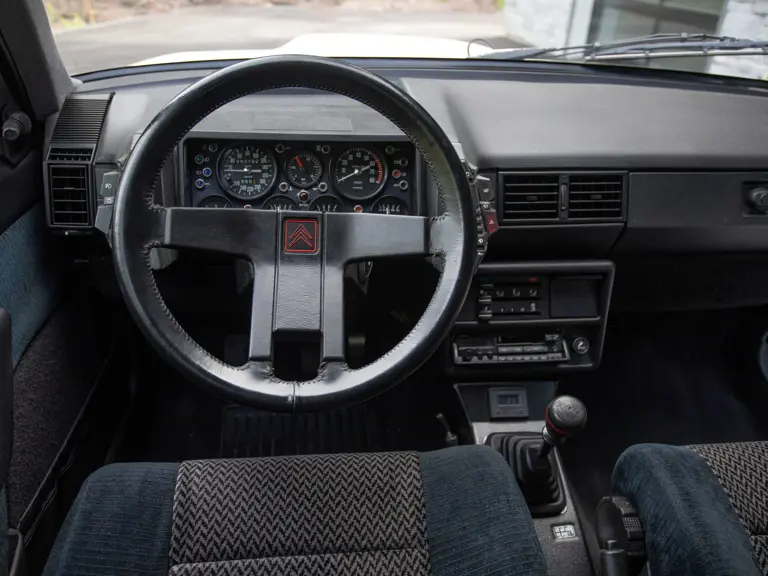
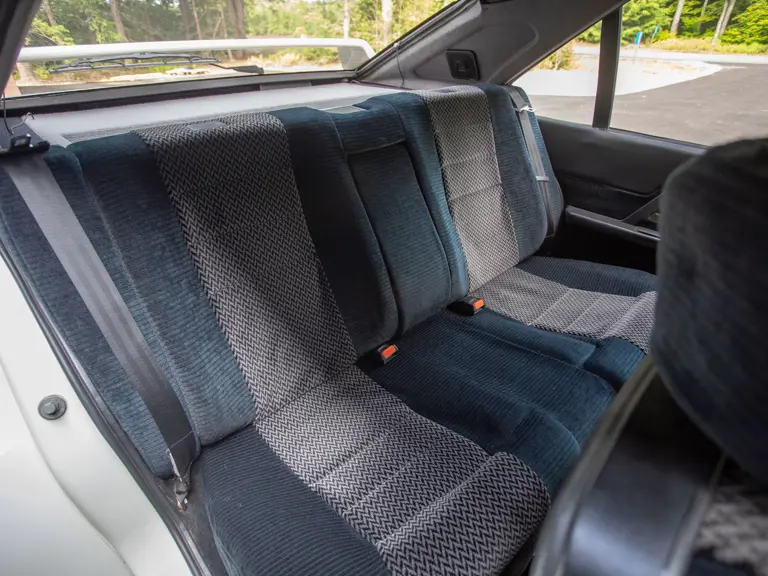
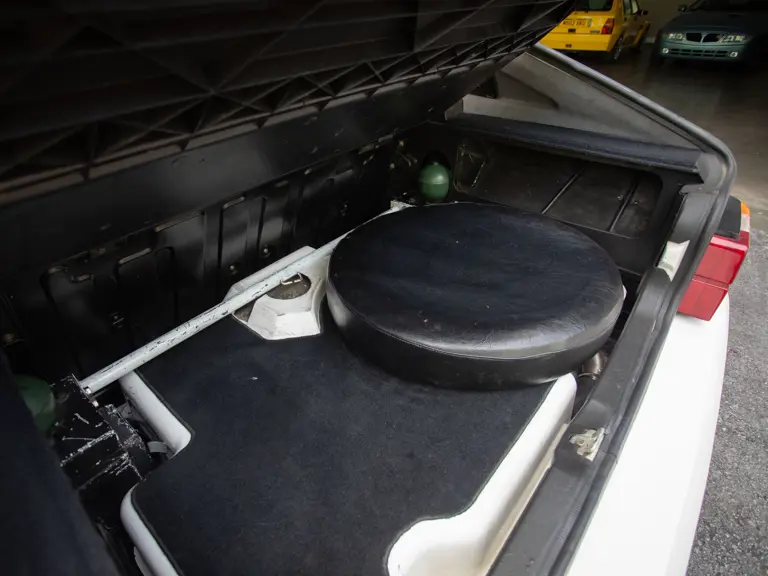

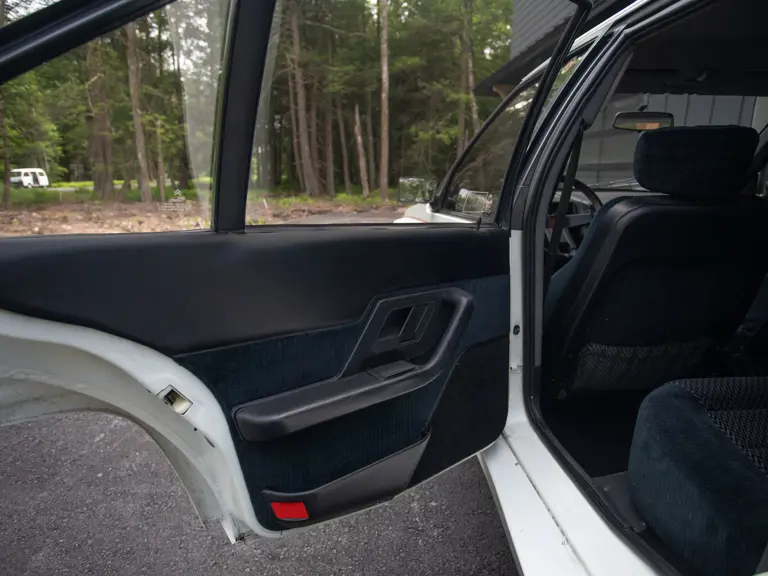
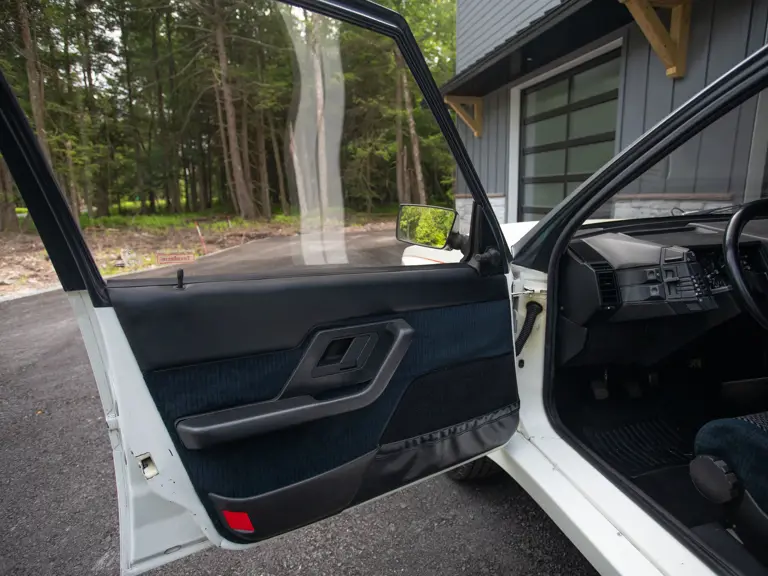
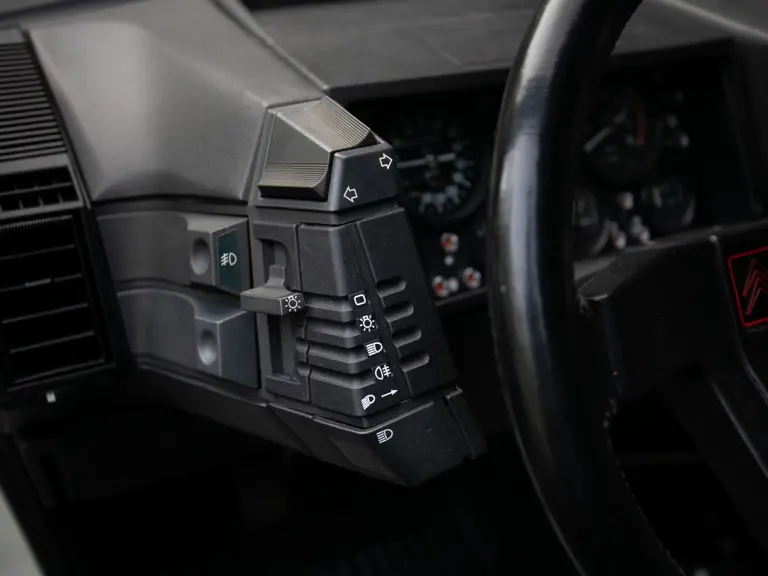
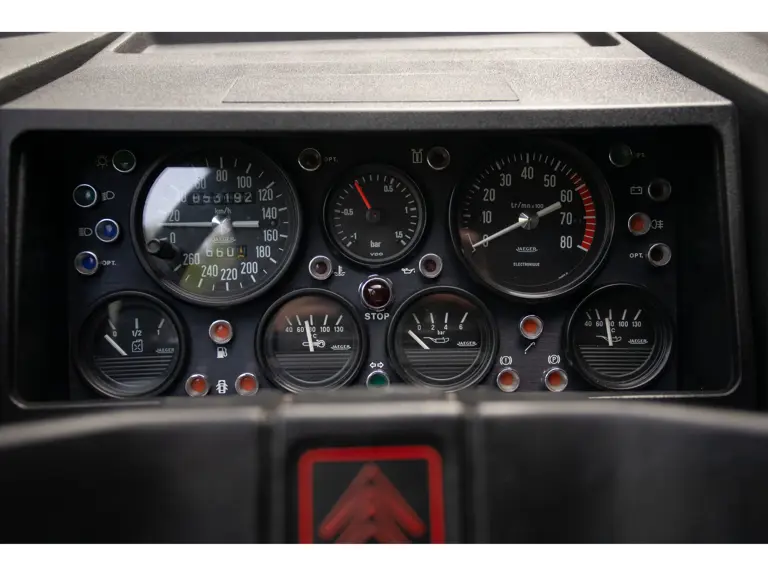

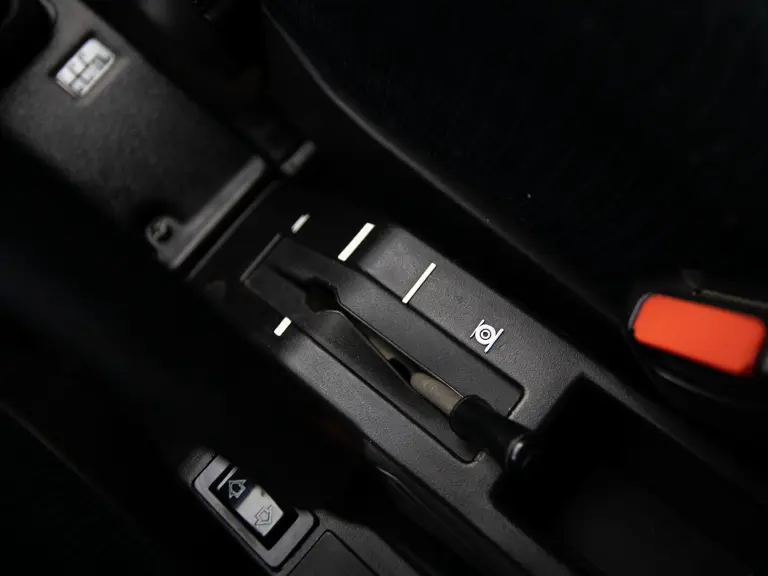
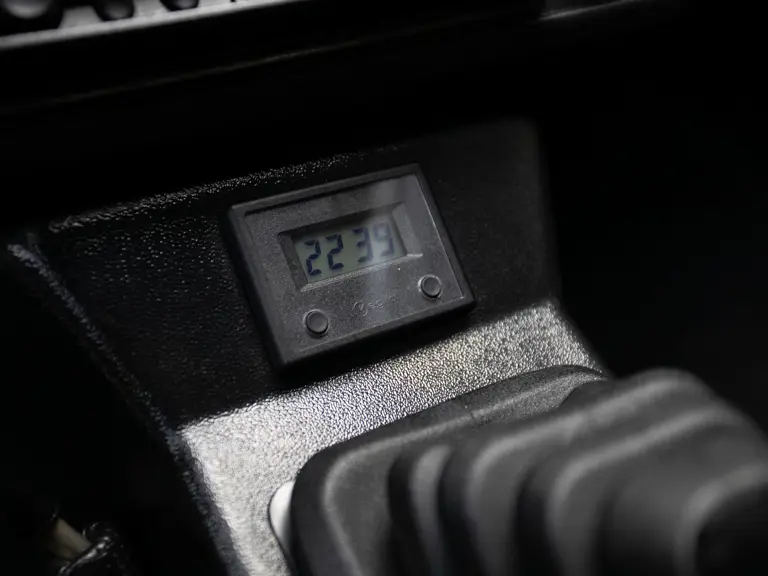
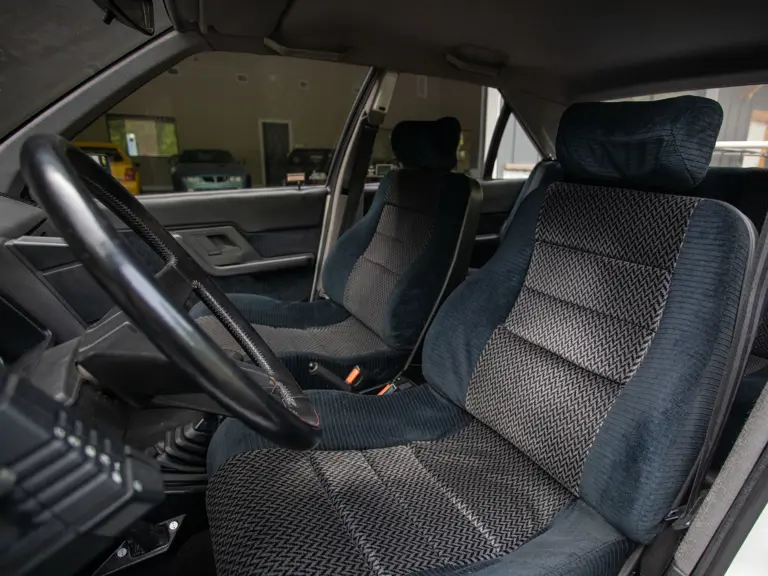
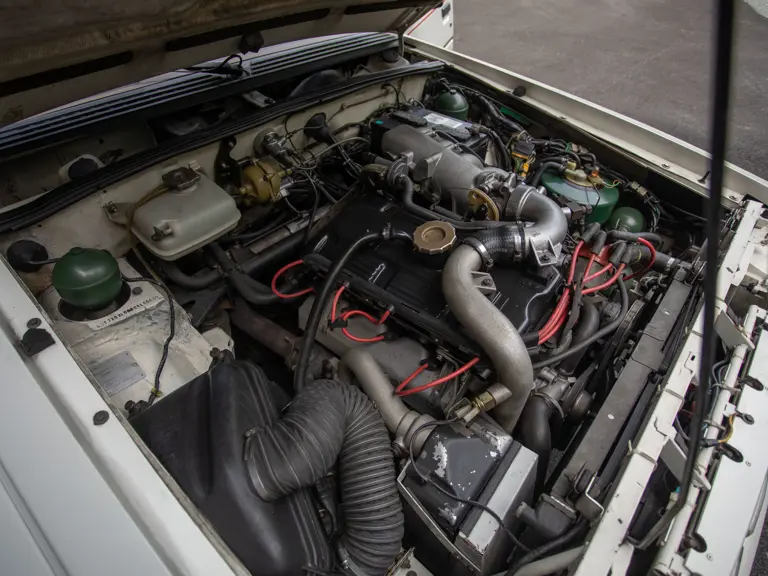


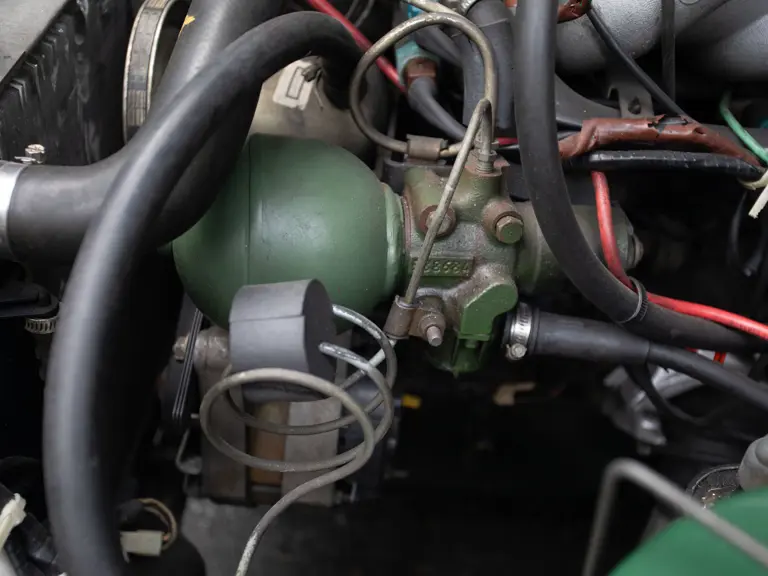
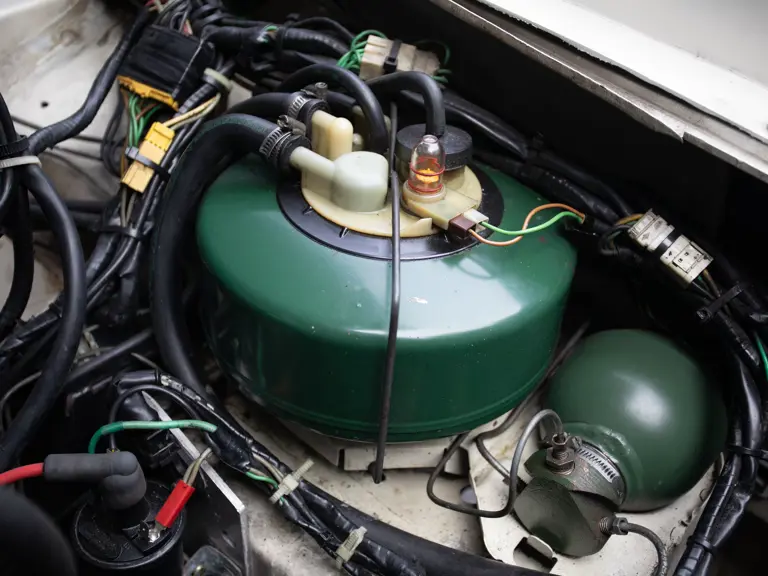
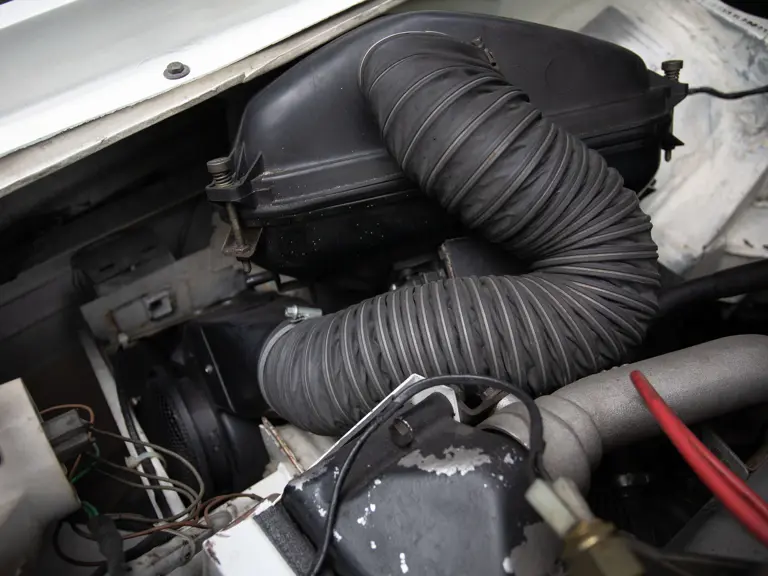
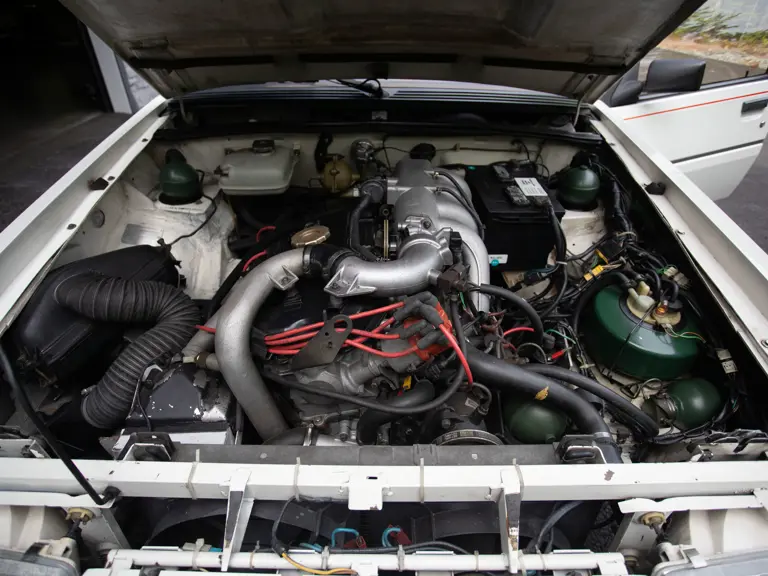

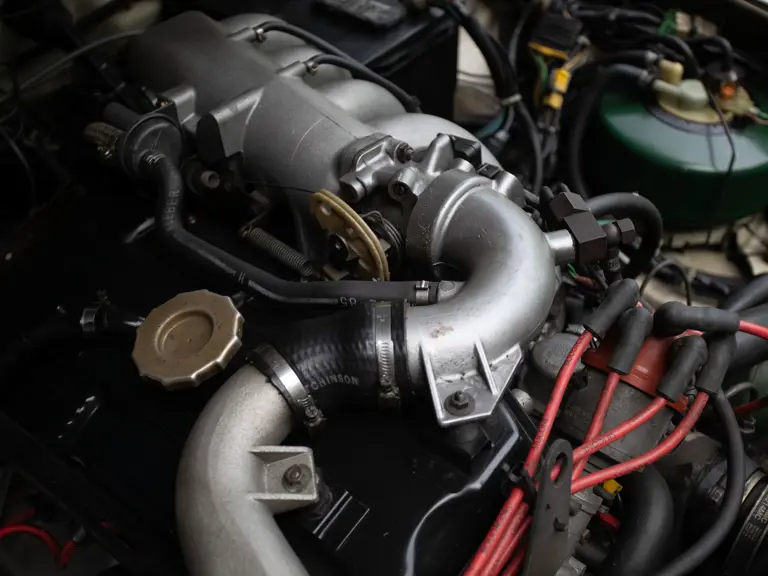


 | Monterey, California
| Monterey, California


